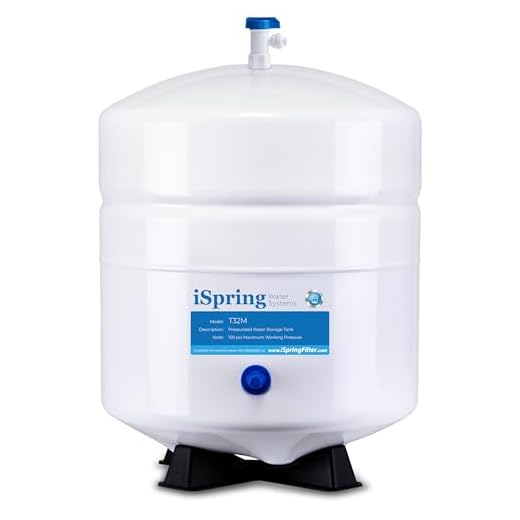



My first recommendation is to choose a robust vehicle to transport your cleaning apparatus. A solid, well-constructed trailer can ensure stability and protect your equipment during transport. Verify that the weight rating of your vehicle matches the overall load you intend to carry, including additional tools and supplies.
Next, consider the layout of your equipment within the mobile unit. Allocate sufficient space for the cleaning unit, water tank, and any other essentials like hoses and nozzles. A well-organised arrangement allows for easier access and improves workflow during service calls. Use securing straps or brackets to fasten equipment, preventing movement and damage when on the road.
Water supply is crucial. Opt for a large water tank, ideally around 100 gallons, to accommodate longer jobs without frequent refills. Ensure that the tank is situated at a low centre of gravity to enhance stability while driving. Including a quality water filtration system can also prevent debris from clogging the machine.
Electrical connections must be addressed as well. If your equipment relies on electricity, equip your transporter with a reliable power source. Consider investing in a generator for remote locations where power supply is not available. Ensure all connections are waterproofed and well-maintained to avoid electrical issues during operation.
Finally, equip your mobile setup with safety features such as fire extinguishers, first aid kits, and personal protective equipment. Not only does this protect your team, but it also instills confidence in potential clients regarding your professionalism and commitment to safety. Streamlining these elements can significantly enhance the efficiency of your mobile cleaning operations.
Selecting the Right Trailer for Your Pressure Cleaning Equipment
Choose a model that offers ample space for both the cleaning unit and essential supplies. Look for dimensions that allow easy access and organisation of all items.
Durability and Construction
Opt for robust materials such as steel or aluminium, which ensure longevity under rigorous use. A good frame provides stability during transport, reducing potential damage to equipment.
Weight Capacity
Ensure the chosen unit has a sufficient weight rating to accommodate your machinery and additional supplies. Check the gross vehicle weight rating (GVWR) to prevent overloading issues.
Choosing the Appropriate Cleaning Device Model
Begin with identifying your main tasks. A device with lower power, around 1500-2000 PSI, is suitable for household chores, like washing cars or patios. For heavy-duty tasks, opt for a robust model, ideally between 3000-4000 PSI, able to handle industrial cleaning needs and stubborn stains.
Next, evaluate the water flow rate, measured in GPM (gallons per minute). For thorough cleaning, look for units exceeding 2.5 GPM. Higher flow rates enhance efficiency by allowing quicker coverage.
Consider the source of power; electric models are quieter and require less maintenance, making them ideal for residential use. Gas-powered units offer more mobility and power, suited for commercial applications.
Examine the nozzle options. Adjustable nozzles provide versatility, allowing you to switch from a wide spray for large areas to a focused jet for tough spots. This enhances the device’s capability across various tasks.
Review the weight and portability. A lightweight unit is useful for frequent transport, while more substantial models may provide stability during operation but can be cumbersome to move.
Lastly, always check for warranty and customer support. A solid warranty serves as an assurance of quality and reliability, and ensures that assistance is readily available if any issues arise.
Installing a Water Tank and Plumbing System
For optimal functionality, position a robust water tank with a minimum capacity of 100 gallons. This size ensures you can handle substantial cleaning tasks without frequent refills. Secure the tank on a stable base to prevent movement during transport.
Choosing the Right Tank
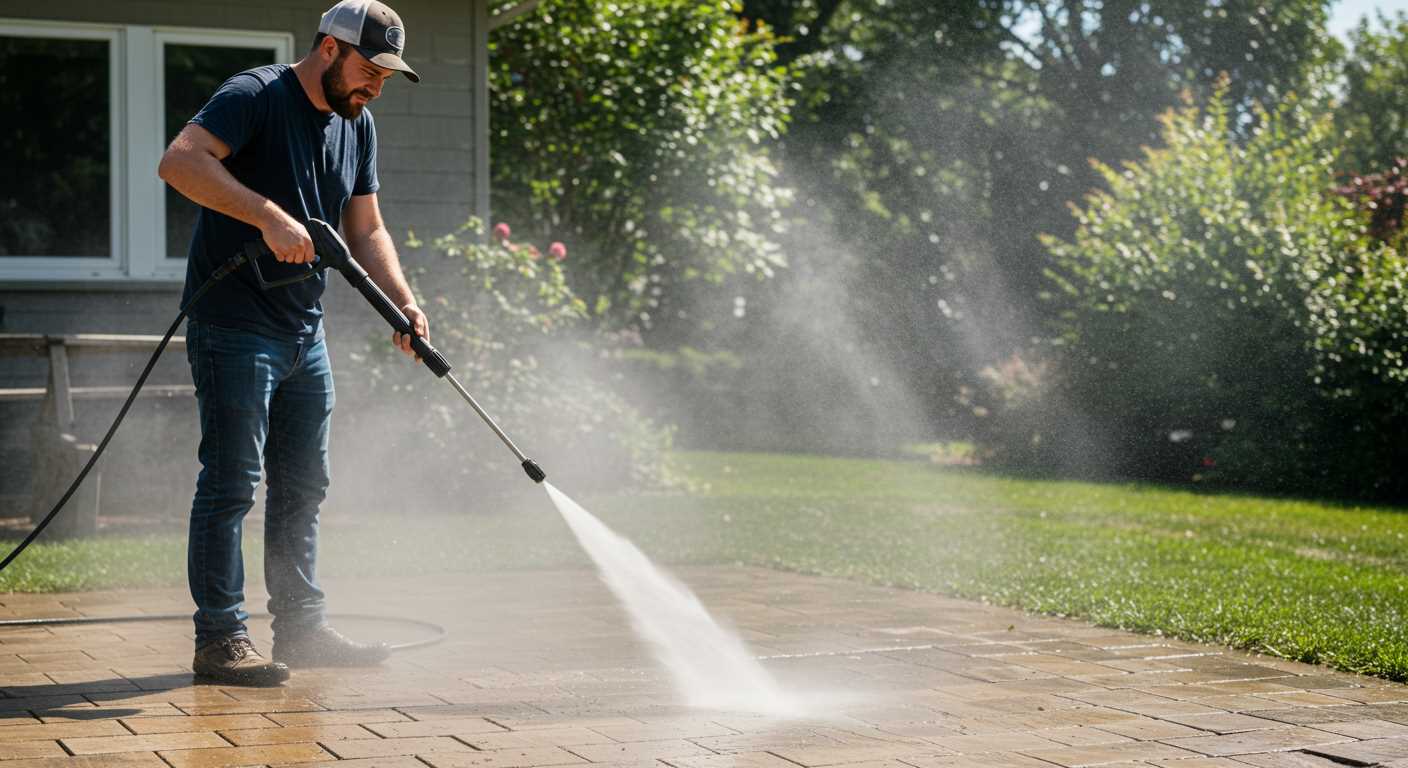
Select a tank made of durable polyethylene or stainless steel. Polyethylene offers excellent resistance to chemicals and UV light, while stainless steel provides longevity and robustness. Ensure the tank has a large, easy-to-access inlet for rapid filling.
Plumbing Setup
Install heavy-duty hoses with a diameter of at least ¾ inch for optimal water flow. Incorporate reinforced, kink-resistant hoses to minimise wear and tear. Use a filter to prevent debris from entering the system, ensuring clean water reaches your cleaning unit.
Connect the water tank to the pump with sturdy fittings and ensure all connections are watertight to avoid leaks. Employ a shut-off valve to control water flow efficiently. Ensure that the entire plumbing system is securely fastened and free from potential snag points.
Finally, test the system for leaks after installation. Conduct a flow test to verify that the water reaches the pressure equipment at an adequate rate, making adjustments as necessary.
Mounting the Pressure Cleaner Securely
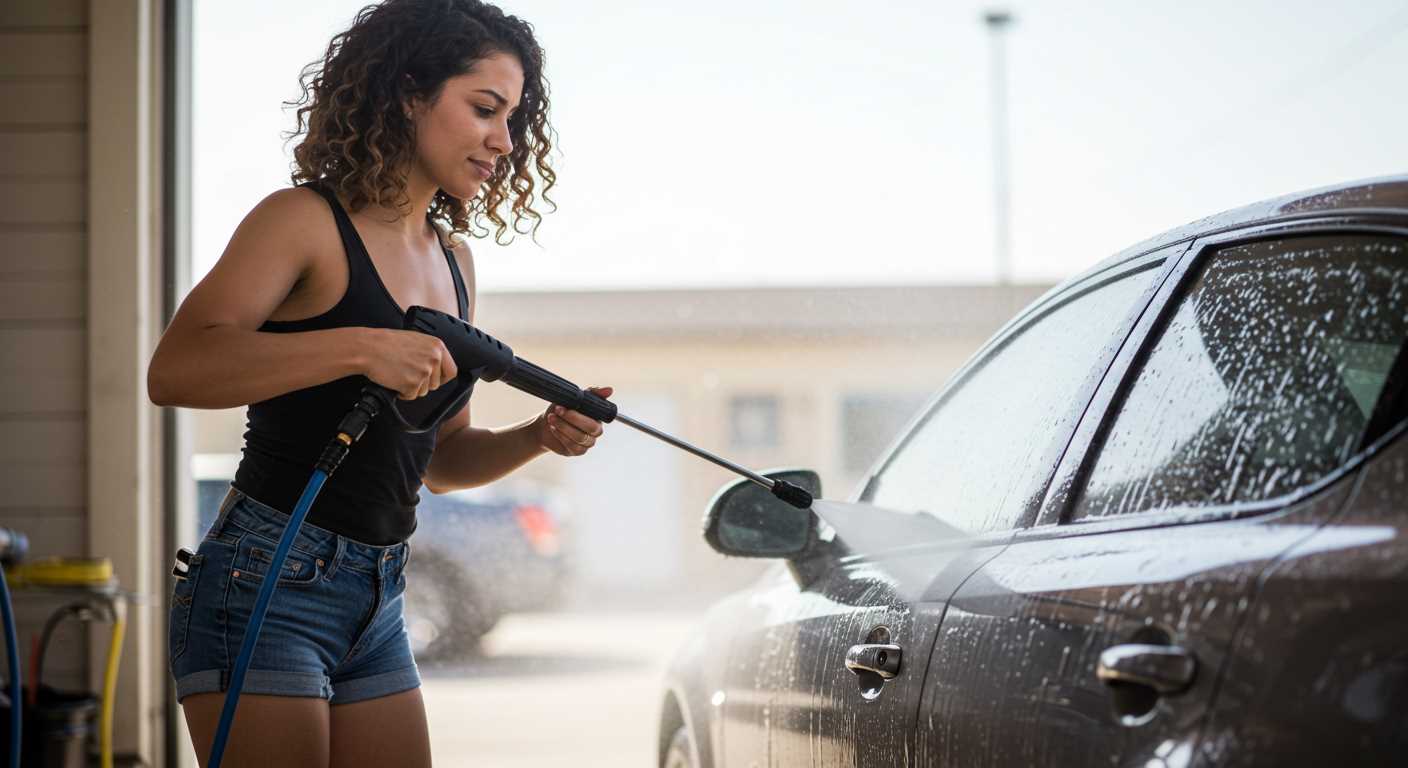
Use heavy-duty mounting brackets to secure the cleaner to the frame of your mobile unit. Regular L-brackets can bend or fail under pressure, so opt for sturdier options rated for industrial use. Ensure they are made from corrosion-resistant materials to prevent damage over time.
Position the cleaner in a way that distributes its weight evenly across the structure. This reduces the risk of tipping during transport and promotes better stability. Place the unit closer to the trailer’s axle for balanced handling.
Additionally, use rubber or foam padding between the cleaner and the trailer to minimise vibrations. This padding will help protect both the unit and the trailer from damage caused by movement on rough terrain.
Finally, add safety straps or a tie-down mechanism to further secure the equipment. Consider using ratchet straps for a tighter grip, ensuring the connection does not loosen during transit. Regularly check the tightness of these straps to maintain security.
Setting Up the Electrical System for Power Supply
For a reliable energy source, I recommend installing a dedicated circuit. This ensures that any fluctuations in power do not impact your equipment. A circuit rated for at least 20 amps should suffice, but confirm the requirements of your specific setup.
Next, select suitable wiring. Use at least 12-gauge wire to minimise voltage drop, especially if running a significant distance from the power source. This is vital for maintaining optimal performance.
- Route the wiring within conduit to protect it from wear and environmental factors.
- Include a weatherproof electrical box for any connections, preventing moisture ingress.
For the power supply, you can choose between a generator or a shore power connection. A generator provides portability, while a shore power connection offers consistency when stationed.
- If using a generator, ensure it produces clean sine wave output to prevent damage to sensitive electronics.
- Check the fuel capacity and runtime to ensure it meets your operational needs.
Incorporate a power distribution panel with multiple outlets for connecting various tools and accessories. This panel should include circuit breakers to safeguard your devices from overloads.
Finally, implement an emergency shut-off switch within easy reach. This allows for quick disconnection in case of electrical faults, enhancing safety during operations.
Organising Tools and Accessories for Easy Access
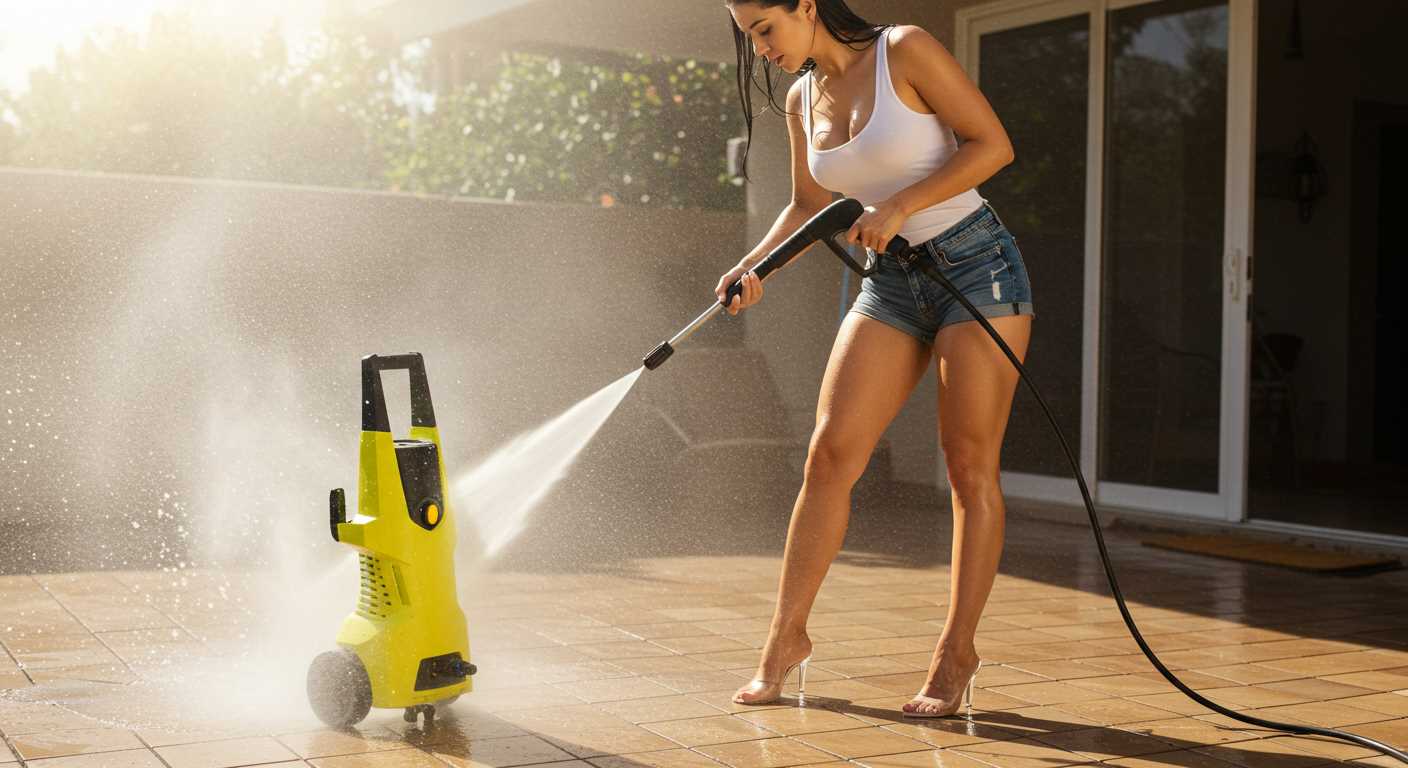
I recommend using a pegboard system to keep tools visible and organised. This allows for quick access when needed. Hang frequently used items like nozzles and hoses on the pegboard, so you can grab them without rummaging through storage boxes.
Storage Solutions
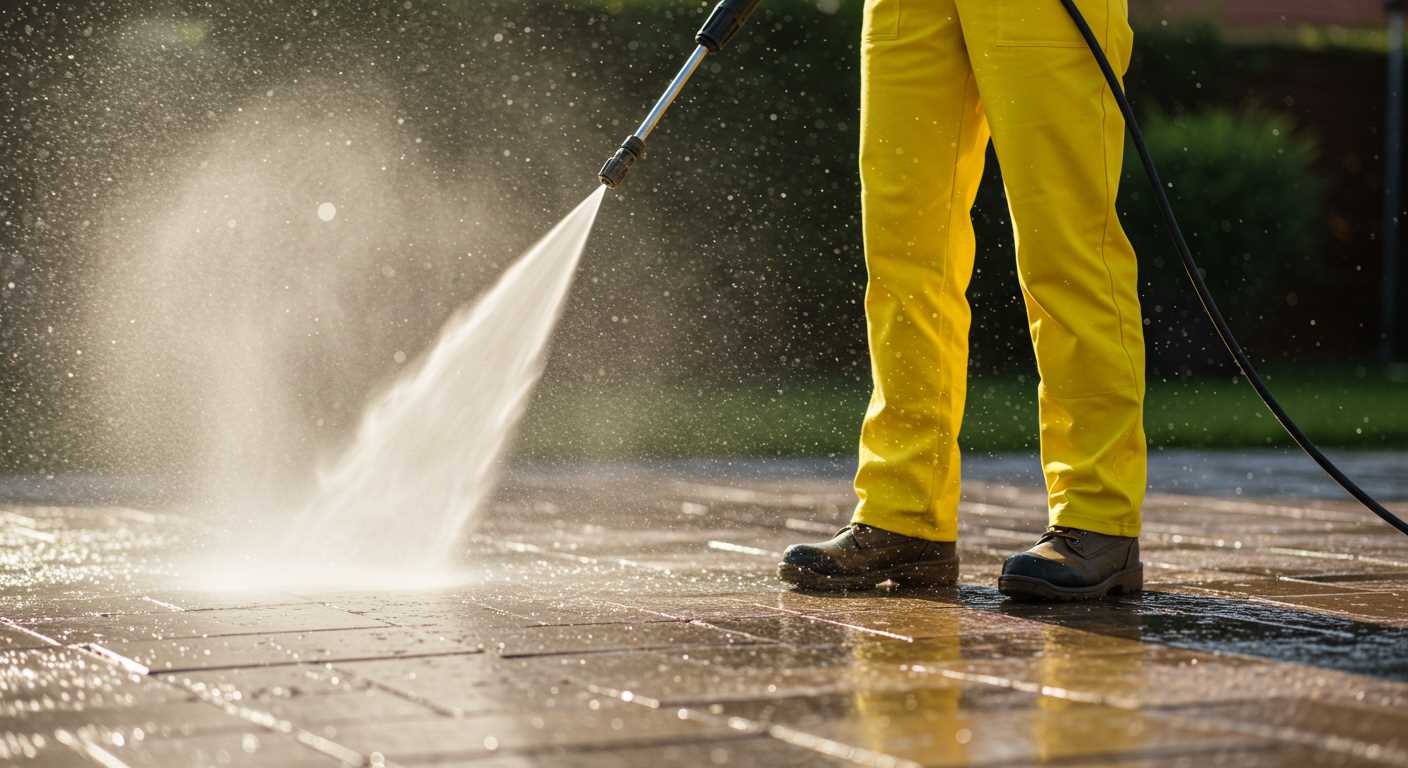
Implement clear bins for smaller items and label each bin for easy identification. This ensures that items such as brushes, connectors, and chemicals are easily locatable. Stackable bins can save space while keeping everything tidy.
Gear Management
Set aside a specific area for larger equipment. A rolling tool cart can be very useful for moving items around the workspace. Make sure the cart has compartments to prevent larger tools from colliding or getting damaged.
| Item | Storage Recommendation |
|---|---|
| Nozzles | Pegboard with hooks |
| Hoses | Hose reels |
| Chemicals | Labelled clear bins |
| Brushes | Drawer compartment or wall hook |
Utilising these organisation methods will streamline your workflow and enhance efficiency during operation. Keep everything in its designated spot to reduce downtime and maintain a professional environment.
Ensuring Safety Features and Compliance with Regulations
Incorporate safety features to protect both yourself and your equipment. Here are specific measures to take:
- Install a fire extinguisher rated for Class B fires, readily accessible in case of an emergency.
- Ensure all hoses are in good condition and rated for the pressure and temperature you’ll be using.
- Utilise non-slip surfaces on walkways and work areas to prevent accidents.
- Incorporate proper signage indicating caution zones and any high-pressure areas.
Adhering to Legal Requirements
Compliance is non-negotiable. Be aware of the following regulations:
- Verify local zoning laws pertaining to the operation of mobile services. Some areas have restrictions that may affect your business.
- Secure the necessary business licenses and permits from local authorities.
- Confirm adherence to environmental regulations regarding water usage and waste disposal.
- Check for any necessary insurance policies to protect against liability claims.
Regular inspections of the equipment should be part of your routine maintenance. This helps in identifying any potential issues before they lead to accidents or failures.
Having a safety manual, complete with operating procedures and emergency contacts, can enhance operational safety and foster accountability among team members.
FAQ:
What are the key components needed to set up a pressure washer trailer?
To set up a pressure washer trailer, you will need several key components. Firstly, the trailer itself should be capable of supporting the weight of the equipment. A suitable pressure washer that meets your cleaning requirements is essential, along with a water tank for a constant supply. You should also include hoses – both high-pressure and standard garden hoses – and a hose reel for easy storage. Additionally, a generator may be necessary if you have an electric pressure washer, and safety features such as a fire extinguisher and first-aid kit are advisable.
How can I ensure the safety of my pressure washer trailer during transport?
Safety during transport of your pressure washer trailer is important to prevent accidents. Firstly, ensure that all equipment is securely fastened to prevent shifting. Use straps or tie-downs to hold the pressure washer and water tank in place. It’s also wise to keep the trailer well-maintained, including checking the brakes and tires before travel. Make sure your load does not exceed the trailer’s weight limits and that lights and indicators are functioning for visibility on the road. Additionally, drive cautiously, particularly on uneven surfaces or sharp turns.
What maintenance should I perform on my pressure washer trailer to keep it in good condition?
Regular maintenance is key to extending the life and performance of your pressure washer trailer. Start by inspecting the pressure washer itself; check oil levels and replace filters as recommended by the manufacturer. Clean the hoses and check for leaks or cracks regularly. The trailer should be inspected for rust or damage, and the wheels should be lubricated and inflated to the correct pressure. It’s also beneficial to clean the water tank periodically to prevent mould or algae build-up. Lastly, maintaining a record of all maintenance activities can help track upkeep over time.









